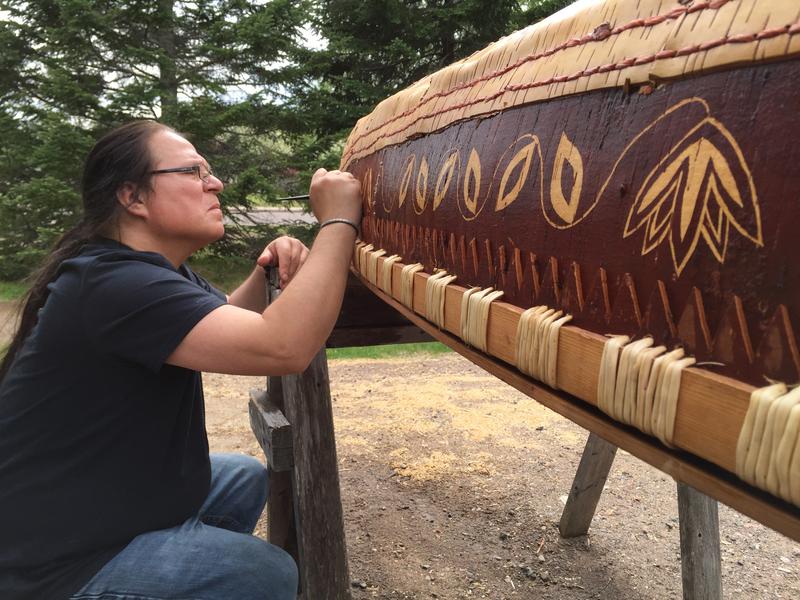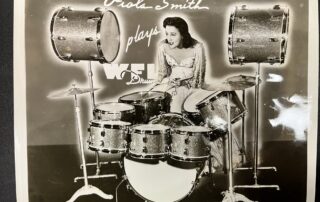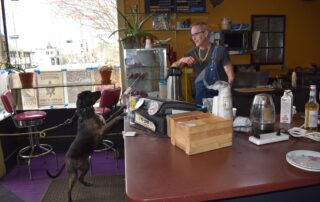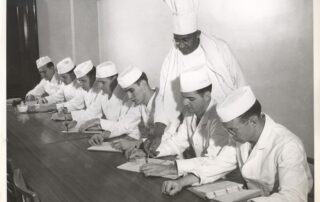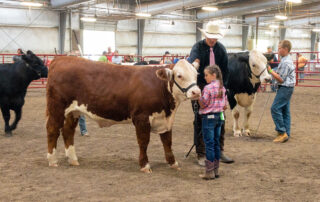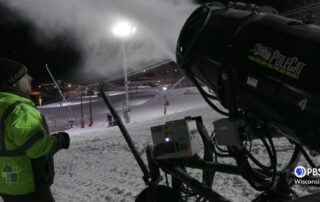Mackenzie Martin of WXPR in Rhinelander, Wisconsin brings us the following story as part of their “We Live Up Here” series. This story originally aired in 2020.
==
Birch bark canoes take a long time to make. But according to master artist Wayne Valliere from the Lac du Flambeau Band of Lake Superior Chippewa, the process is just as important as the finished project. And he should know. Valliere was just selected to be a 2020 National Heritage Fellow by the National Endowment of the Arts, one of the top honors in folk and traditional art.
In early August 2019, Valliere started working with apprentices in Lac du Flambeau to build a birch bark canoe.
The project was part of a larger grant from the First Nations Development Institute. In addition to the birch bark canoe project, another master artist – Greg Johnson – taught the art of making cradleboards for babies.
The goal of both projects? To forge inter-generational learning.
“The authors of the grant had this vision of pairing together artists and knowledge holders with younger tribal citizens that are on the verge of wanting to learn more, but the connection just hadn’t happened yet,” said April Lindala, Giikendaasowin Learning Village Project Coordinator.
Lindala said she’s felt privileged to watch the learning happen between experienced tribal members and an up and coming generation who want to learn from them.
The construction of the canoe took place in master Ojibwe canoe builder Wayne Valliere’s garage. It was also live streamed on the Waaswaaganing Indian Bowl Living Arts and Culture Center Facebook page by Lindala and her friend and colleague, Michelle Reed.
“Because the public only sees the finished project at the launch this Saturday [2019’s Wild Rice Festival], they don’t necessarily know what’s behind it and what’s involved in it,” said Lindala. “Having the opportunity to do those live streamed videos allowed us to connect with the community in a really important way.”
Valliere said he and his brother, Leon Valliere, are two of the last five master Ojibwe canoe builders in the Midwest. He has now made over 30 canoes in different communities and he thinks something that’s important about this work is the way that it’s able to connect native people from different areas.
“That connection of the high-end canoe is one that the Anishinaabe brought from the Eastern Seaboard,” said Valliere. “It connects the Ottawas, the Potawatomis, and the Ojibwes together.”
How does it feel to be training a younger generation to do this? It makes Valliere feel closer to his ancestors.
“It’s a responsibility of the older artists of my age to do this for the next generation so our culture lives on,” said Valliere. “By knowing where you’ve been, you’ll have a better understanding of where you’re going.”
Valliere believes that the more people they include in the building of the canoe, the more experiences they have represented, whether it’s experience in the forest or just the experience of the camaraderie of making the canoe.
“We try to have as many different hands touching these canoes as possible,” he said. “What happens is people imprint part of their life essences into these canoes. They put a few stitches in and those few stitches stay there for a long time. It becomes very powerful.”
At the end of the hard work, they’re left with a beautiful birch bark canoe, but also a lesson. He suggests thinking of the entire process as a reminder of the benefits of teamwork.
By itself, the birch bark is weak, the spruce root that ties the whole thing together is fragile, and the pitch that seals the canoe is easily manipulated.
“But when you put all of these things together and they work in sync, the canoe becomes very strong. So strong that a person could take a hammer and beat on the side of one of these canoes and you’re not going to pierce a hole in it,” he said. “The teaching is when we stand alone, we are weak, but when we stand together, we’re very strong.”
